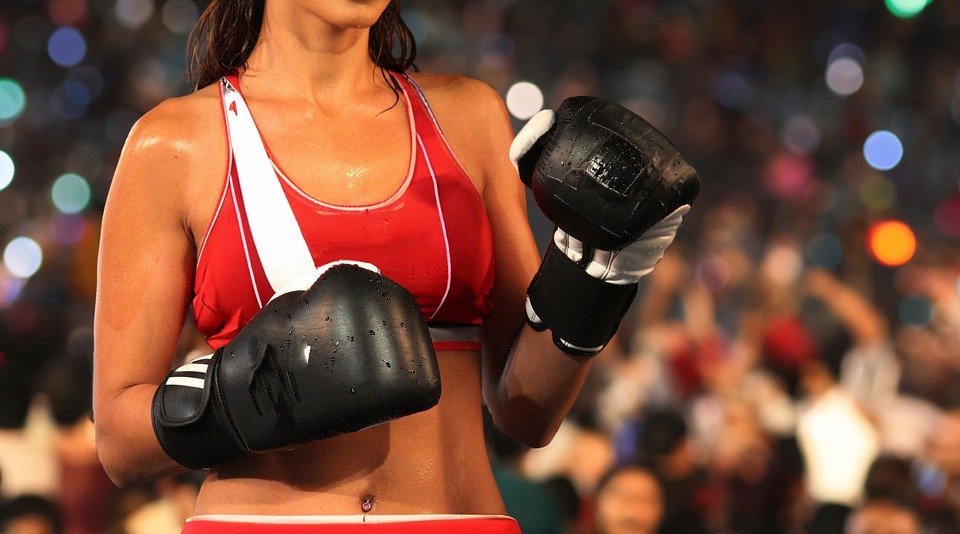From Rivalry to Partnership: How MMA Fighters are Joining Forces
Mixed Martial Arts (MMA) has long been characterized by fierce rivalries and intense competition. Fighters have dedicated their lives to honing their skills, pushing the limits of human endurance and capability in pursuit of greatness inside the Octagon. However, a remarkable shift is emerging within the sport: a growing trend of MMA fighters moving from rivalry to partnership, forming alliances that span training, business ventures, and community outreach. This transformation not only enhances their careers but also reflects a broader evolution in the world of professional sports.
The Evolution of Fighter Relationships
In the early days of MMA, fighters often approached competition with a singular focus: to dominate their opponents. This competitive environment bred animosity and intense rivalries that played out in the cage and often spilled into the public realm. With the rise of pay-per-view events and social media, the narrative surrounding these rivalries became a central aspect of marketing and entertainment for the sport.
However, as MMA has matured and gained mainstream acceptance, fighters have begun to recognize the value of collaboration. Many now understand that building partnerships, whether for training purposes, brand affiliations, or charitable endeavors, can yield greater long-term benefits than remaining isolated in their pursuit of fame and success.
Training Together: A New Paradigm
Traditionally, fighters kept their training camps fiercely guarded, wary of revealing strategies or techniques to their opponents. Yet, an increasing number of athletes are defying this norm by cross-training with competitors. High-profile partnerships have emerged where fighters from rival gyms come together, sharing knowledge and optimizing their skills.
This collaborative training approach offers numerous advantages. It allows fighters to experience different coaching styles, spar with various opponents, and refine their techniques without the constraints typical of a rivalry. The UFC’s Kamaru Usman and Colby Covington are notable examples; despite their high-profile feud, both fighters acknowledged the benefits of training together during their respective preparations for crucial bouts.
In addition to enhancing individual skills, this trend promotes camaraderie and mutual respect among fighters. With professionalism and sportsmanship at the forefront, these partnerships can dismantle the adversarial mentality that has often defined the sport.
Business Ventures and Brand Alliances
As MMA continues to evolve, fighters are increasingly extending their collaboration efforts beyond the training mat. Many have harnessed their popularity to launch businesses, from clothing lines to health supplements. Collaborations between rival fighters have emerged in this space, demonstrating that financial partnership can bring growth and innovation to the brand.
For instance, notable fighters like Conor McGregor and Khabib Nurmagomedov turned rivalries into lucrative endorsement deals, showcasing the commercial potential of their relationships. Co-branded products and joint marketing campaigns not only strengthen respective brands but also provide a vehicle for fighters to share a unified message with fans.
Community Outreach and Advocacy
Beyond the cage and the business realm, many fighters are using their platforms to make a positive difference in society. Collaborative charitable initiatives and community outreach programs have become increasingly common, allowing fighters to join forces in impactful ways. A notable example is the "Mixed Martial Arts for Mental Health" initiative, where fighters come together to promote mental health awareness and support.
These partnerships stand as a powerful testament to the fighters’ understanding that their influence transcends sporting achievements. They recognize their role as role models and community leaders, inspiring fans and young athletes to engage positively.
Conclusion
As the world of MMA continues to evolve and mature, the trend of fighters forming partnerships from previous rivalries signifies a transformative moment for the sport. By embracing collaboration, fighters not only enhance their abilities and business ventures but also promote a spirit of unity and shared purpose.
In a sport once characterized by rivalry and isolation, the rise of fighters working together marks a significant cultural shift in the MMA landscape, paving the way for a future where competition exists alongside camaraderie, and where success is defined not just by victories in the cage but by the positive impact athletes can have outside it. This new era of partnership is exciting, heralding a future where fighters lift each other up both in competition and in life.





![The Art of Perseverance: How [Martial Artist’s Name] Transformed Adversity into Mastery The Art of Perseverance: How [Martial Artist’s Name] Transformed Adversity into Mastery](https://i2.wp.com/cdn.pixabay.com/photo/2021/11/05/20/36/boxing-6771970_960_720.jpg?w=420&resize=420,280&ssl=1)
